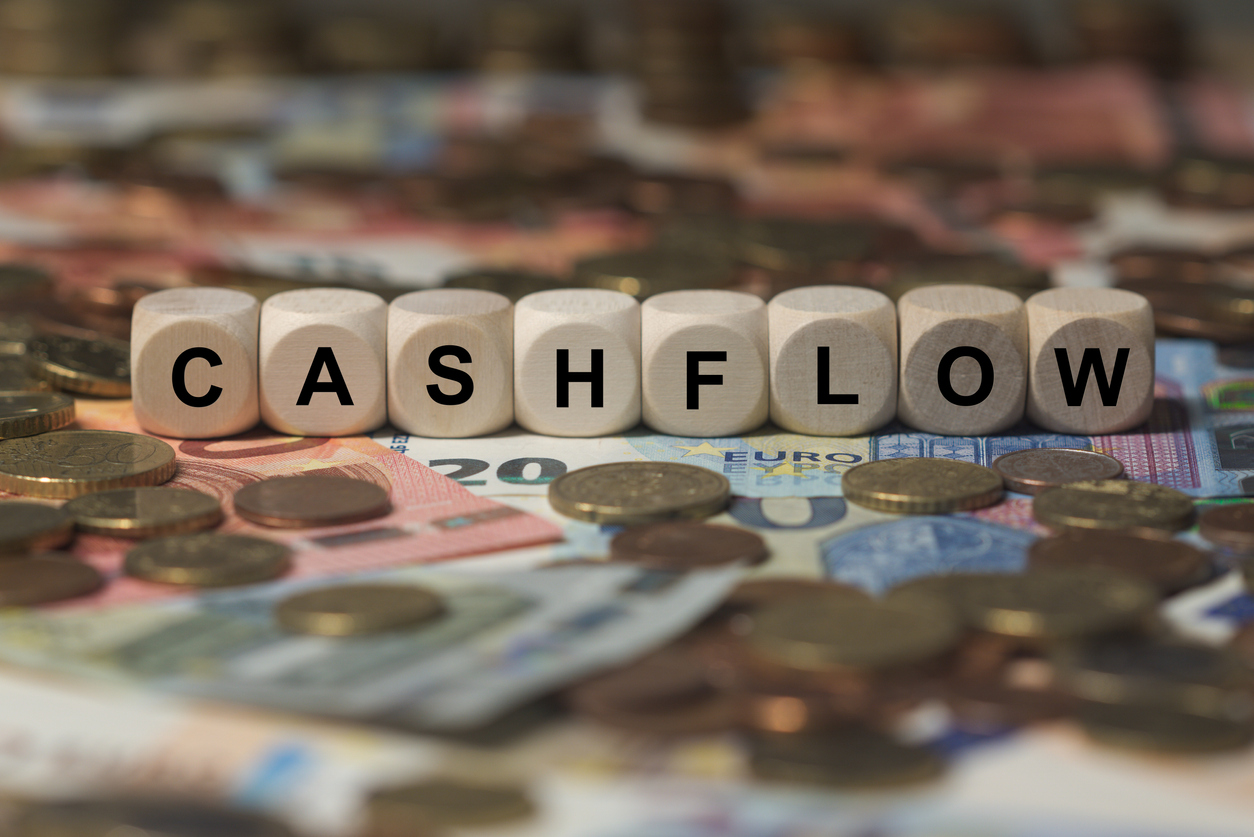
A Basic Guide to Accurate Cash Flow Forecasting
Cashflow forecasting isn’t just great for large corporations but is something necessary for small businesses too. Armed with cash forecasting, you’ll be able to visualize an in-depth view of your finances and better your business decision making.
Seeing as small businesses don’t always have as much cash lying around to grab in case of an emergency, cashflow forecasting allows for you to balance a healthy cash flow and keep your business floating.
What is cash flow forecasting?
In short cash flow forecasting involves making a plan to show exactly how much money your business expects to receive in, and pay out, over a certain period of time.
In order to to get a cash flow projection for cash forecasting in your business, you’ll need to do three things (if you want an easy service to do this for you, then scroll to ‘cash flow forecasting made easy below):
- Create your sales forecast: Begin by planning how much the business expects to earn in sales per month. This will give you your ‘receiving in’ figure.
- Create your profit and loss forecast: For the next stage of your cash flow projection, you’ll need to figure out how much you expect to spend on a daily basis for the running costs. Your profit and loss forecast will combine your business’s income with the day-to-day running costs to help give you a view of projected future profit.
Tip: make sure to include costs exclusive (“net”) of VAT.
- Create your cash flow forecast: Using steps one and two, you’ll be able to create your cash flow forecast.

All in all, for your cash flow forecast you’ll need to include:
- Money coming in from your sales forecast (be sure to list income when it has actually been PAID rather than invoiced as you would have done in your sales forecast).
- Non-sales income – such as business loans through Become
- Money coming out from your profit and loss forecast – this should be noted in the months you pay for them and record your costs inclusive (“gross”) of VAT if you’re registered for sales tax that is. Be sure to also leave out things like mileage and depreciation which are ‘non-cash’ costs!
- ‘Other’ costs – this will vary from business to business but could include things like taxes, equipment expenses, drawing money from the business for personal use etc.
- Add up your expenditure from each month and subtract that from your money coming in and voila, you’ll be left with your net cash inflow.
Drawing up these three simple forecasts shouldn’t take too long, and once you get the hang of it will become an easy habit. Cash forecasting will give you a good view of how your business will likely unfold, giving it the best possible chance of success in the future.
How far into the future should you forecast?
Generally, it’s best to forecast one year ahead. Any more than that, and the forecast will become more and more inaccurate. No one knows exactly what the future holds and whether a sudden change in the economy, a new competitor or even a natural disaster could ruin your business.
Top Tip: Be sure to update your forecast if it becomes way off (say a product sells better or worse than expected).
Benefits of cash flow forecasting:
By planning out how much you expect to make in sales each month, quarter and year as well as your expenditure you’ll be equipped with the knowledge to better your business.
Benefits of cash flow forecasting include:
- Better decision making in business
- Understanding of whether you can afford a new employee
- Understand if you could start developing a new product/service
- Determine whether or not you need to scale up or down (in terms of office/workshop space)
- Determine whether or not you’ll need to borrow money if you’re running out of cash
Direct vs indirect cash flow forecasting
When you get down to business forecasting, there are two main methods to consider, those are direct and indirect cash flow forecasting.
Direct cash forecasting is more used for short-term purposes shows how cash movements are forecasted to change in the future.
Indirect cash forecasting, on the other hand, is derived from a number of projected income statements as well as balance sheets with various methods used to achieve this.
A quick sum up of direct vs indirect cash flow forecasting:
Cash flow forecasting made easy!
If all of this information has gotten you feeling dizzy then fear not, you don’t have to handle all of the numbers on your own.
There are some great service providers out there who will not only help you with calculating your cash flow forecast but can also help you with a cash flow analysis.
First off, in order to keep track of all of your expenses, you’ll need a good bookkeeping service such as Intuits QuickBooks.
Once you’ve got your bookkeeping sorted, a handy application called Float can help you easily project your business’s future bank balance be it for the next month, next year or even further ahead!





